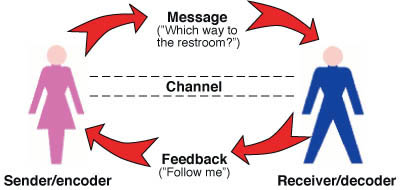Designing Compositions Rhetorically
By: Julia Weiss
I enjoyed this reading more than
most of the others so far this semester.
Why you might ask? Well, for one it spoke of rhetoric (which the
reading gave a wonderful link to learn more information about) – which I am
fascinated by. Two, it made me view arguments in a different perspective
(informal/formal). Three, it told an easy to read, easy to relate to, and
entertaining story with a purpose what happens with
miscommunication/interpretation. Finally and most importantly, it has presented
ideas and concepts that are helping me to organize my own thoughts on how to
construct my rhetorical digital media artifact.
I have to admit that the upcoming project has me on edge and out of my
comfort zone. Thankfully, this reading has given me some sense of comfort and
idea of how to go about this seemingly daunting task.
Rhetoric in my opinion is the idea
of being aware of the connection between emotions/feelings and then
communicating them to your target audience. I began to think about rhetoric and
just how many views of rhetoric alone there are. Between the sophists,
Aristotle, Socrates, Cicero, Plato and the various changes in rhetorical views
over time, political alteration in ancient Greece and then reading the Wysocki and Lynch piece I have come to the conclusion that just like rhetoric is viewed
with many perspectives, the way I construct my project can be done in many
different ways, but that still leaves a bit of space for option confusion and
stress.
To help with this confusion the Wysocki
and Lynch piece presented several helpful and directing concepts; mainly
audience context and purpose. If used accurately, these key aspects will help
to establish a solid relation with your viewer/decoder. To help better establish
understanding of what consists of the processes within these key aspects page
28 in the reading has a nice diagram emphasizing what to think about when
creating a rhetorical argument: such as, medium, arrangement, sense of purpose,
developing the statement of purpose, and finally testing the product.
When going about his project I need
to think of place, time, potential outcome, arrangement, context, audience,
purpose, strategy, medium, larger context, visual information, general purpose,
and what to expect from the audience in return. It is important to note that I
as a presenter not only have to be prepared and attentive, but in order for my
product to be successful, so does the audience.
I am most definitely going to use
this reading as a source for inspiration and guidance when choosing my method
of production for this next big assignment. I found the quote on page 30 to really
help guide my thoughts on how to judge my product from start to finish,


No comments:
Post a Comment